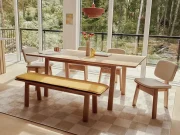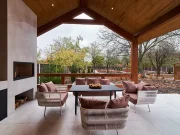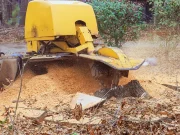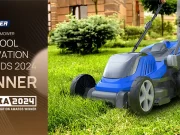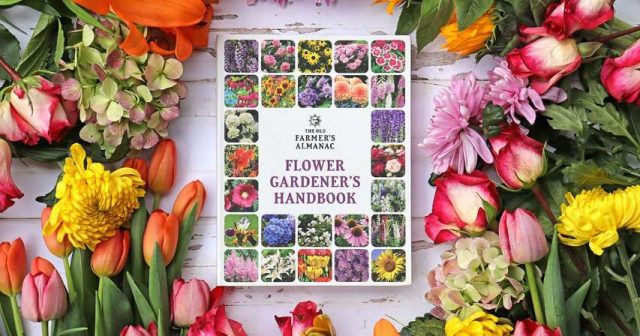Perennials, Biennials, and Annuals from the Flower Gardener’s Handbook
What’s the difference? Learn the life expectancy of flowers before purchasing and planting to maximize the flower garden experience!
Perennials
Perennials, which usually form in the backbone or foundation of a garden, are flowers that return reliably year after year. They live in the ground for more than 2 years and die back to the ground every fall. Their roots survive the winter, and plants resprout in the spring.
Once established, many perennials need minimal upkeep in the form of watering and fertilizing because their roots reach farther for nutrients than those of annual plants. Many perennials spread readily, filling out garden spaces and providing more color each year.
Perennials can be planted at any time, but the best times are fall when the soil is warm, well before winter’s chill sets in, and spring, before the hot, dry summer.
Examples of perennials include aster, bearded iris, bee balm, black-eyed Susan, (purple) coneflower, coreopsis, daylily, false indigo (baptisia), hosta, peony, phlox, Russian sage, salvia, sedum, and yarrow.
Biennials
In a class of their own, biennials live for two growing seasons before setting seed.
They form roots, stems, and leaves in Year 1. Usually, the plant’s stem is very short and its leaves grow low to the ground, forming a rosette – a tight complex of leaves at ground level. Then, in colder months, the plant enters a period of dormancy, a factor essential for bloom.
During the following spring or summer, Year 2, the stem elongates and flowers form. Next, it produces seeds, self-sowing as it dies.
Blooming biennials are among the best old-fashioned garden favorites, adding color and interest to any bed. Examples include forget-me-not, most foxgloves, hollyhock, and lunaria. Consider allotting extra space in your garden for biennials to naturalize through self-seeding.
Annuals
Annuals are wonderfully versatile: They grow for one season, filling “holes” in a garden bed while providing spots of color. Annuals complement perennials well!
Annuals bloom, produce seeds, and then die in the same growing year. They need to be replaced every spring – and this is your opportunity to try something new! You can go from bold and bright to soft and pastel by switching out your annual plants in your garden and containers.
Annuals exist for almost any situation, and develop in stressed, open environments where the soil has been recently disturbed. Here are a few:
In hot, dry soil, try growing moss rose, Mexican sunflower, or globe amaranth. For heavily shaded gardens, try planting begonia, lobelia, or shrubby browallia, aka bush violet. And, if your soil is moist, it’s no problem for heat-loving cleome, aka spider flower, wishbone flower, or monkey whose monkey-face blooms are beloved by bees.
The full-color, 224-page Flower Gardener’s Handbook is now available wherever gardening books are sold.






